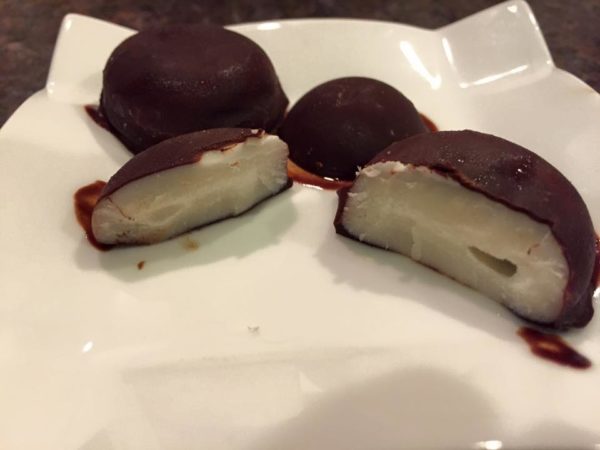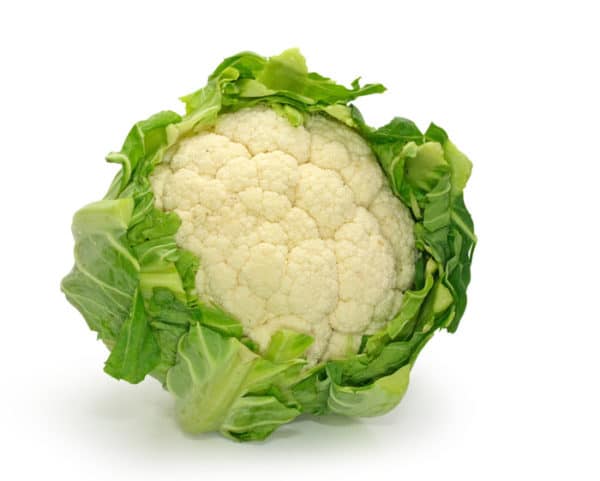
Genetically Modified Organisms, AKA GMOs make headlines in health circles all the time. It’s a topic fraught with controversy and heated emotions. This very informative article was submitted by Jane Hardin, registered dietitian and certified living foods educator.
Going One Step Better on GMO’s
by Jane Hardin
So, you are aware of the dangers of genetically-modified foods, or at you least know to avoid them. Perhaps you buy only organic produce and items voluntarily marked with “non-GMO” on the label. You reject foods made from corn, soy, sugar beets, canola and cottonseed, and reluctantly also give up Hawaiian papaya, zucchini and crookneck squash unless labeled organic or non-GMO. You don’t eat meat, fish, eggs or dairy for a host of reasons, one being the bio-accumulation of toxins in animals fed GMO’s. For goodness sake, you pretty much know every food and ingredient that passes your lips; what else must be done to protect your health?!
The answer, as always, is
1) take care of yourself and your health first, so you can then
2) advocate on behalf of all.
GMO ingredients are in an estimated 70% of supermarket foods. Myths, false assumptions and claims go largely unchallenged, and the general public is somewhat inured to the dangers of GMO simply because of its predominance. Yet concerns are real and growing. A majority of Americans now state they would not consume GMO foods if they were clearly labeled as such. The public is clearly not being served.
JUST ANOTHER REASON TO DINE IN?
If you eat high raw you probably don’t go out to eat very often (unless, of course, you live here in Austin where we have several fabulous raw food restaurants!) Even gluten-free vegans have few culinary options outside of home. Due to travel or social obligations, most of us must deal with the uncertainty of eating away from home from time to time, and we face the possibility of inadvertently consuming GMOs.

There are, few safeguards you can take when dining out. First, of course, is choosing a restaurant with a similar philosophy to your own. These are our heroes, offering us freshly-prepared organic meals, and we should support their wishes to thrive commercially and feed us forever! If that is not an option, pick a restaurant that does not rely on pre-packaged, processed foods. You will be more likely to know what is actually on your plate.
Ask what type of oil is used for cooking and in salad dressings, and be specific. If they respond “olive oil” ask if it is a blend. Consider taking along your own dressing, to add to their freshly-prepared salad. Better yet, prepare your own “Restaurant Survival Kit” – a plastic zip case with salad dressing, Himalayan salt, seeds/nuts, perhaps some kelp powder or dried sea greens… The fresh dressing excluded, this can be kept ready to go at a moment’s notice, and it’s not overtly obvious to pull it out in public places. (It’s not like you are going in and preparing fondue there at your tabletop, after all.)
Of course, eating out will be far less stressful if you check out restaurant menus online, an easy task given that most have their own websites now. And make a call to the eatery direct – ideally not during their peak busy times – to ask if they can accommodate you. It is amazing how so many will go out of their way to keep you a happy, satisfied customer.
And by your questioning about the possibility of genetically-modified products, you are helping to send the message to restaurants that a growing number of diners want non-GMO foods! Your voice speaks for many.
…UNTIL WE ARE ALL SAFE”

GM ingredients are showing up in foods such as peanut butter, vanilla, veggie burgers, pasta, tomato sauce, Vitamin B12 and infant formula (infant formula!) Non-food items, too, may contain GM ingredients – products such as cosmetics, soaps, shampoo, and detergents that are in contact with our skin. Who really wants that?
GM contamination via pollination is another concern — think bees, honey, pollen.
ACTION WE CAN ALL TAKE NOW
We are all members of this world community. As such, here are some progressively involved steps to advocate for a GMO-free world:
- Avoid GMOs yourself. Remain a vigilant consumer, asking as many questions as necessary to assure your health AND to make your voice heard by those who want your business. However removed you may seem to be from the problem, there is danger to in complacency.
- If you grow your own food, be sure you use certified organic seed (by definition, these are GMO-free).
- Stay informed about the GMO issue by checking a couple of key websites periodically. (See resources below.) This is not a particularly sexy issue; it is not everywhere in the media, public discourse, or even our thoughts. On top of that, the science can be a bit challenging to a wrap a mind around. Diligence and persistence are required.
- Educate others about the weird science of genetically modified foods and the dangers they present. Provide them with handouts and shopping guides to help them be proactive for their own health. We often encourage loved ones and acquaintances to embrace a healthy dietary lifestyle; this could be considered a good first step.
- Speak truth to power when given the opportunity. For example, for a short time this past winter the USDA was accepting comments about the possibility of accepting GM alfalfa, for instance. Stay in touch with what is happening politically, and communicate with your senators, representatives, and government agencies.
None of us are truly free of GMOs until we are ALL free of GMOs. Towards that end, here are few helpful resources:
- The Institute for Responsible Technology, http://www.responsibletechnology.org – founded by renowned GMO expert Jeffrey Smith (author of many books, including Seeds of Deception). The “go-to” source for reliable, up-to-date information.
- Non-GMO Shopping Guide, http://www.nongmoshoppingguide.com – provides practical info and tips, including a downloadable shopping guide. Better yet, purchase some of the Non-GMO Shopping Guides and Health Risks brochures to give to everyone you know!
About the Author
R.Jane Hardin, MS, RD/LD is a traditionally-trained registered dietitian with a lifelong engagement in various holistic approaches to health and nutrition. Her eclectic food interests over the years have led her to studies with experts such as Dr. Ann Wigmore and Michio Kushi.
Jane’s renewed interest in raw living foods enabled her to reverse several deteriorating, personal health conditions, including fibromyalgia and chronic fatigue. This inspired her to become a certified Raw Foods Educator. She now enjoys helping others along the pathway to nutritional wellness, regardless of starting point or destination, one bite at a time.
Share this:

Are you feeling stuck?
Do you feel as if something is missing from your practice that's keeping you from delivering breakthrough outcomes for your clients?.
Recent Posts
Our Programs
Nutritional Endocrinology Practitioner Training (NEPT)
The Mastery and Certification tier is our flagship program and provides everything you need to feel confident as a practitioner who knows how to get results that lead to healthy and happy clients.
Functional Assessment Mastery
Explore the relationships between the most important hormones and their relationship with nutrition.
Functional Nutrition Mastery
Learn how to support your clients to eat and supplement in a way that reduces and eliminates chronic symptoms.
Medical Disclaimer: The information on this website is not intended to replace a one-on-one relationship with a qualified health care professional and is not intended as medical advice. It is intended as a sharing of knowledge and information from the research and experience of Dr. Ritamarie Loscalzo, drritamarie.com, and the experts who have contributed. We encourage you to make your own health care decisions based upon your research and in partnership with a qualified health care professional.
Disclosure: Sometimes (but not always), when I share resources in my programs, newsletter, and on my website, I'm using an affiliate link, which means I do make money if you buy. My credibility is extremely important to me; therefore, I only endorse the products, services, and people I believe in. DrRitamarie.com is independently owned and the opinions expressed here are my own.
Click here to see our Privacy Policy.











